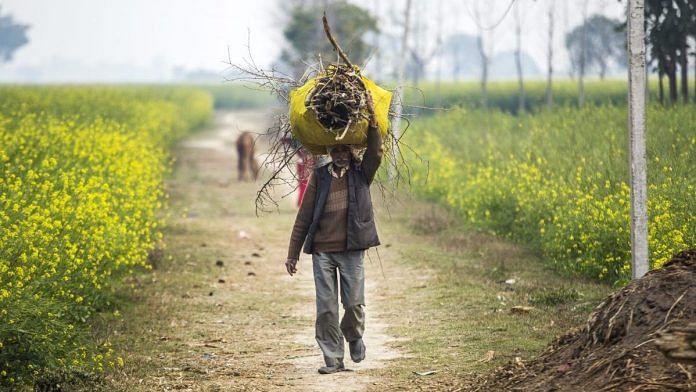Despite progress, poverty rates remain high in countries affected by conflict and political upheaval, says World Bank report.
Fewer people are living in extreme poverty around the world, but the decline in poverty rates has slowed, raising concerns about achieving the goal of ending poverty by 2030 and pointing to the need for increased pro-poor investments, the World Bank finds.
The percentage of people living in extreme poverty globally fell to a new low of 10 per cent in 2015 — the latest number available — down from 11 per cent in 2013, reflecting steady but slowing progress, World Bank data show. The number of people living on less than $1.90 a day fell during this period by 68 million to 736 million.
“Over the last 25 years, more than a billion people have lifted themselves out of extreme poverty, and the global poverty rate is now lower than it has ever been in recorded history. This is one of the greatest human achievements of our time,” World Bank Group President Jim Yong Kim said. “But if we are going to end poverty by 2030, we need much more investment, particularly in building human capital, to help promote the inclusive growth it will take to reach the remaining poor. For their sake, we cannot fail.”
Despite the tremendous progress in reducing extreme poverty, rates remain stubbornly high in low-income countries and those affected by conflict and political upheaval.
The estimates will be published in “Poverty and Shared Prosperity 2018: Piecing Together the Poverty Puzzle,” a report to be released on 17 October, End Poverty Day.
About half of the world’s countries now have poverty rates below 3 per cent, but the report finds that the world as a whole is not on track to achieve the target of less than 3 per cent of the world living in extreme poverty by 2030. In the 25 years from 1990 to 2015, the extreme poverty rate dropped an average of a percentage point per year – from nearly 36 per cent to 10 per cent. But the rate dropped only one percentage point in the two years from 2013 to 2015.
The deceleration in global numbers stems mainly from an increasing concentration of extreme poverty in regions where poverty reduction has lagged. A case in point is Sub-Saharan Africa, where, under all but the most optimistic scenarios, poverty will remain in double digits by 2030, absent significant shifts in policy. Slowing declines in poverty also reflect falling commodity prices, conflict, and other economic challenges for developing countries.
The World Bank’s preliminary forecast is that extreme poverty has declined to 8.6 per cent in 2018.
The table below summarises poverty estimates in 2013 and 2015, globally and for all World Bank regions. The international poverty line is currently valued at $1.90 in terms of 2011 purchasing power parity, which equalises its purchasing power across all countries and currencies.

Two regions, East Asia and Pacific and Europe and Central Asia, have reduced extreme poverty to below 3 per cent. The Middle East and North Africa region had previously been below 3 per cent in 2013, but the conflict in Syria and Yemen raised its poverty rate in 2015.
The report will also provide data on the World Bank’s other main goal: increasing shared prosperity, defined as raising the incomes of the bottom 40 per cent in each country.
In addition, it will explore new ways of looking at and measuring poverty. The new measures will allow the World Bank to better monitor poverty in all countries, in multiple aspects of life, and for all individuals in every household.
The article was originally published by The World Bank. Read the article here.



